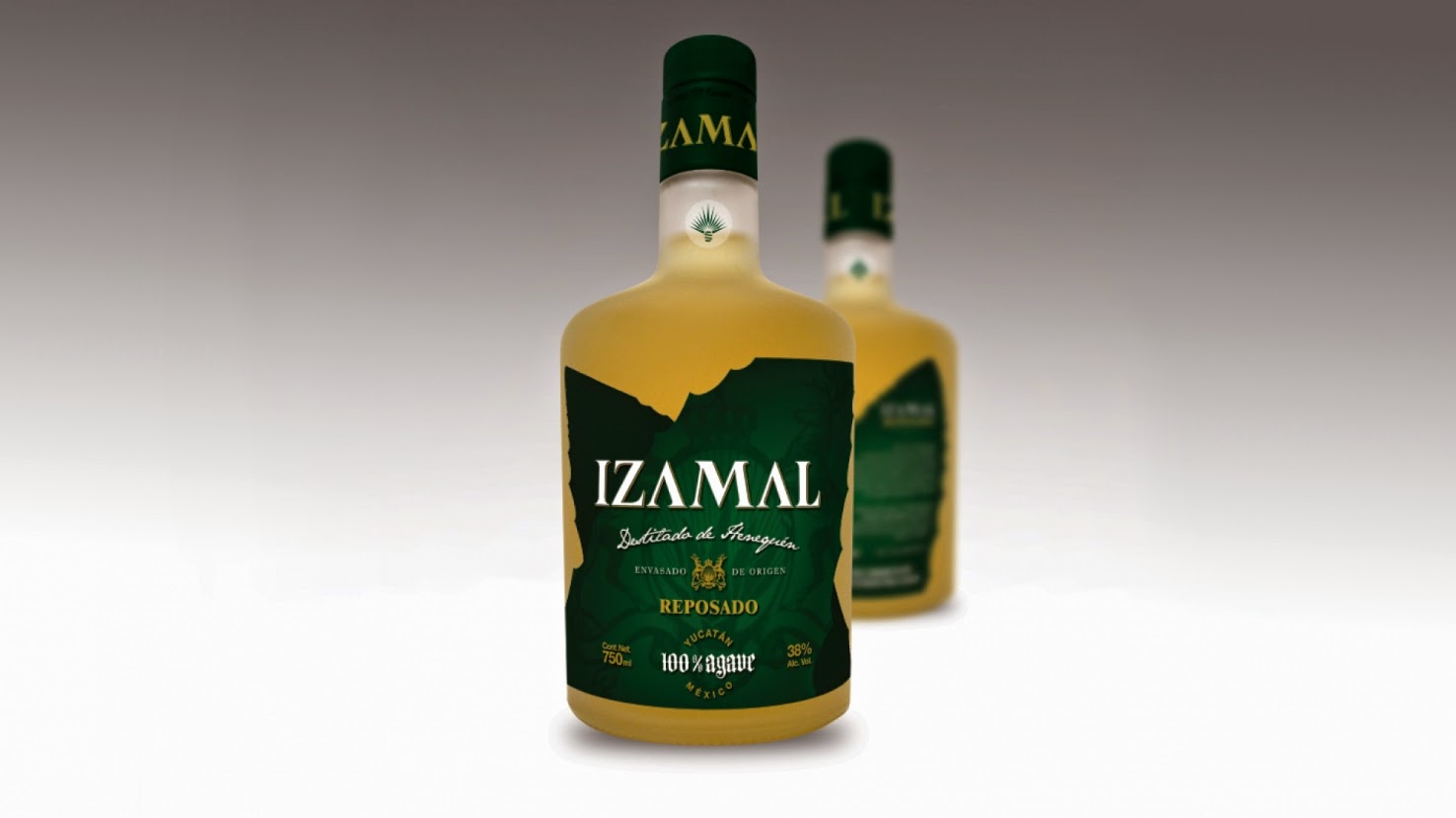If you ever visit the city of Merida, you will be amazed by the splendor of the city and its traditional Haciendas. Stroll through El Paseo de Montejo and
admire the European style mansions, which will transport you to the France of the Belle Époque.
The economic boom that made Merida one of the richest cities in
America spanned from the late 19th century
to the early 20th century; and it is largely due to the exploitation
of the Sisal plant.
The Henequen plant or Sisal (Agave fourcroydes), is native to
the Yucatan Peninsula. Its use dates
back to pre-Columbian Mayan culture
that inhabited the region and its
use became widespread among
the Spaniards who colonized the area.
The Sisal name was given to the fiber in other parts of
the world because the fibers and
its products were
shipped from the port of Sisal,
in the north coast of the Yucatan. Even today, a variety of the agave
grown in Brazil is
called Sisalana,
and it is the product of genetic hybridization of the Agave Foucroydes native of the Yucatan.
The lightness,
flexibility and strength of their fibers made it indispensable to make ropes
and bags used world-wide for shipping
and international trade; at a time
when synthetic fibers were
nonexistent.
Social movements such as the armed uprising of the Mayas in Yucatan
known as the Caste War in 1847 and
later the Mexican
Revolution in 1910 began
to weaken the economic and political framework that allowed the production of this fiber. Similarly, the appearance of synthetic fibers
derived from petroleum, much cheaper
and durable ended
the period of exploitation
of this fiber.
Something about the Henequen or Sisal that
not a lot of people know is that is a plant related to the Agave Plant, the
same plant used to make Tequila and Mescal. This plant is used to make a spirit
known as Liquor Izamal or Sisal Liquor, and it is crafted only in the Yucatan.
Casa Izamal, the distillery that produces it, offers two varieties: Blanco and
an Anejo (aged)
If you want to try a much smoother and
refreshing version of the traditional Margarita Cocktail, feel free to try the
“Margarita Sisal”. This cocktail is a staple in the Live Hacienda “Sotuta de
Peon”, where I tried it for the first time. This hacienda is the perfect place
to learn more about Henequen fiber or Sisal and to enjoy a wonderful tour.
It took a little bit of begging, but the
bartender agreed to share the recipe with me. It is a wonderful twist on the
classic Margarita cocktail; made 100% with local ingredients. There is no need
to add Cointreau Liquor, since the
sour orange is not as sweet as traditional oranges, so it makes for a very
simple recipe.

Margarita Sisal:
(Courtesy of Sotuta de Peon Hacienda Viva)
1 oz. freshly Squeezed sour orange* juice
1 ½ oz. ounces of Liquor Izamal or Sisal Distillate
Sugar or natural syrup to taste
Ice cubes
Salt
*Sour Orange: It can be found in
supermarkets, the name in Spanish is “Naranja Agria” and it is different from
regular oranges because the skin is thicker and darker. If you can’t find them,
regular orange will work but you might need to add Cointreau Liquor to reduce the sweetness.
Directions:
1.
Use an orange wedge to wet the
rim of the glass
2.
Pour some salt in a plate
3.
Dunk your glass in the salt and
make sure the rim is covered with it
4.
Use a cocktail glass to mix all
the ingredients and shake them vigorously
5.
If you want a frozen margarita,
empty the mix in your blender and blend until all the ingredients are mixed
6.
Pour in a margarita into the
salt rimmed glass
Now if you have any question of
this or any of the TOP MEXICO REAL ESTATE properties we have listed in Playa
Del Carmen, The Riviera Maya or anywhere throughout Mexico, please feel free to
contact any of our TOP MEXICO EXPERT SALES TEAM and we will be glad to help you
find your very own piece of paradise.
And remember, here at TOP MEXICO REAL ESTATE…


No comments:
Post a Comment